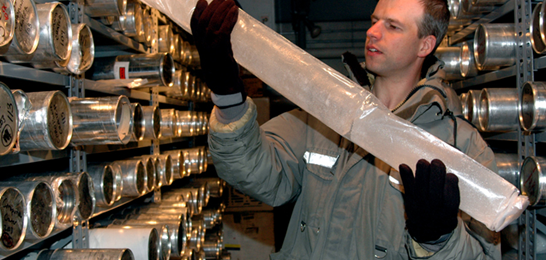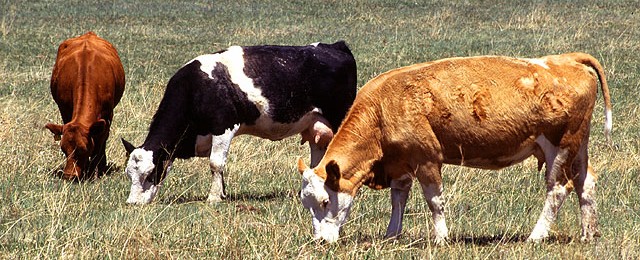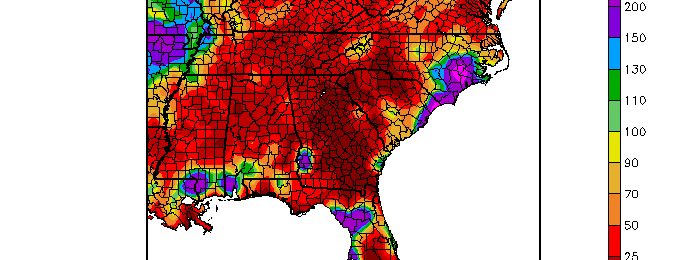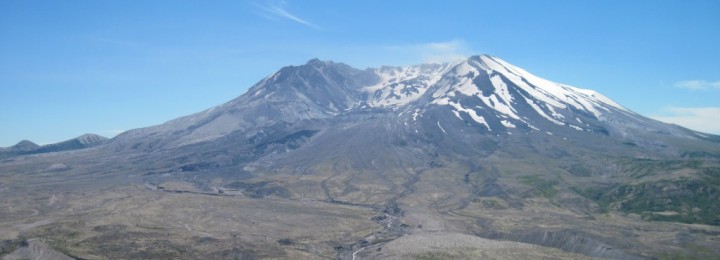Pam Knox
-

Harvest Public Media posted a story online today about the “elusive” impacts that the California drought has had on Midwestern farmers. According to the story, so far benefits to the Midwestern farmers have been limited in spite of the four year drought in California because the CA farmers are mining ground water to keep their…
-

Historical records of climate have only been around for about 150 years, although there are a few earlier records. Yet climatologists often talk about the climate hundreds and even millions of years ago? How do they know what the climate was long before weather instruments were available? The key is the use of what we…
-

AgWeb posted an article this week on changes in the dairy industry across the US. California is still the number one dairy producer, but dairy production has remained flat in California due to the 4-year drought. Growth in other states has been significant, particularly in places where processing capacity has increased. Colorado, Kansas, Texas, Michigan and Indiana are…
-

NOAA’s monthly report on the global climate was released today. It shows that for the globe as a whole, April 2015 was the 4th warmest on record since 1880. They also noted that the latest 12-month period (May 2014–April 2015) ties with the record set last month (April 2014–March 2015) as the warmest 12-month period…
-

Extension programs around the country have Master Gardener Programs. Typically, master gardeners receive extensive training and then answer questions via phone, speak at public events and participate in community gardening displays, according to Wikipedia. If you have a Master Gardener program in your area, you might be interested in the CoCoRaHS guide for Master Gardeners. It…
Posted in: Tools for climate and agriculture -

May 2015 is half over and it is time to see how the monthly climate is doing so far. The maps from the High Plains Regional Climate Center below show that for the region as a whole, temperatures are running about 1.5 degrees above the 1981-2010 normal, while the precipitation is much below normal and…
-

On May 18, 1980 Mount St. Helens erupted in a cataclysmic event that reshaped parts of the Cascades Mountains to the southwest of Seattle. Since the eruption went mainly sidewise as the north side of the mountain collapsed, the eruption had limited climatological effects globally, although the ash did cause cooling and surface problems in…
Posted in: Interesting weather images